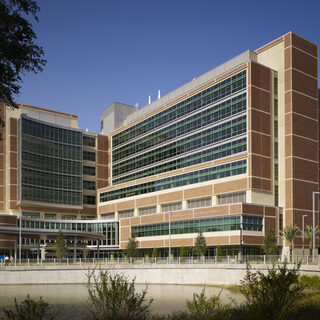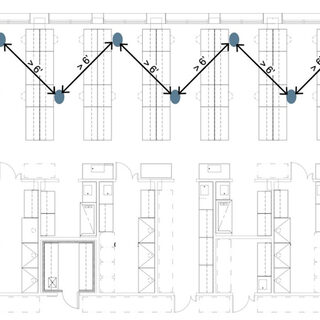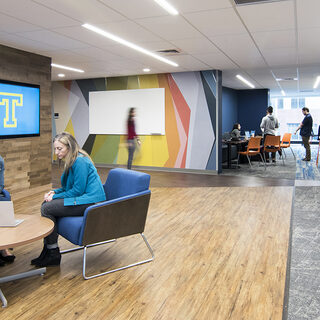Tradeline's industry reports are a must-read resource for those involved in facilities planning and management. Reports include management case studies, current and in-depth project profiles, and editorials on the latest facilities management issues.
Latest Reports
Mechanical System Solutions to Help Mitigate Spread of COVID
Communities, corporations, and educational institutions are drafting plans to reopen during the COVID-19 pandemic, employing policies around personal protective equipment; keeping a 6-foot distance from co-workers, peers, and clients; and reconfiguring their physical spaces. Another potential mitigation strategy is to adjust a facility’s mechanical system to better protect the occupants, though that should not be considered the primary solution, cautions Michael Walsh, PE, LEED AP, senior mechanical engineer and principal at R.G. Vanderweil Engineers, LLP. “There’s no silver bullet,” he says.
Implementing Intelligent Building Strategies to Reduce Costs and Improve User Experience
Intelligent building solutions that combine building automation systems (BAS), computerized maintenance management systems (CMMS), the Internet of Things (IoT), smart building technologies, and data analytics software are being used to reduce energy costs, optimize operations, enhance user experience, and, most recently, adhere to standards established in response to the COVID-19 pandemic. As these technologies and platforms converge, more buildings and campuses are leveraging systems integration to optimize resource management, establish proactive maintenance programs, automate processes, and increase productivity.
Research Labs Begin Phased Reopening
While many campuses remain closed to undergraduate students, at least through the summer, researchers are beginning a phased return to their labs, with new safety protocols that include face masks and social distancing; guidelines for space usage and maintenance; and staggered work schedules. Institutions are requiring that researchers continue to do as much work as possible remotely, including writing, analyzing data, and conferring with colleagues. In order for research to fully resume, however, faculty need access to their labs, but they first must be trained in the new protocols and agree to adhere to them; failure to do so will results in the loss of lab access.
Trinity College Innovation Center
Trinity College’s new Innovation Center, located on the third floor of One Constitution Plaza in downtown Hartford, Conn., across from the school’s Liberal Arts Action Lab, is home to the academic/corporate partnership with InfoSys, a Digital Health CT accelerator, and new innovation and entrepreneurship programs for students. The open, flexible floor plan of the Common Area, which is open to all members of the Trinity community, gives occupants the freedom to reconfigure the space however they’d like. Other spaces include technology-enabled team huddle areas; an interactive work café with a variety of seating options, digital display, and writeable surfaces; enclosed meeting spaces; and small design studios.
Remote Workforce Strategies Enhance Call Center at Vanderbilt University Medical Center
Implementation of a remote workforce and a restructuring of their onsite physical space have helped to improve employee retention rates while also increasing overall productivity and quality at Vanderbilt University Medical Center (VUMC) in Nashville, Tenn. Calls from patients looking to schedule appointments are initially answered by one of the 260 phone agents who comprise the Patient Access Services department. Answering more than 10,000 calls on average every day and handling a total of 4.2 million inbound and outbound calls annually, these phone agents have a fast-paced, demanding position that experiences approximately 25 percent turnover each year. This turnover rate is low compared to the 32 percent national average for call centers, says Elizabeth Nix, director of service quality and development for the department.





